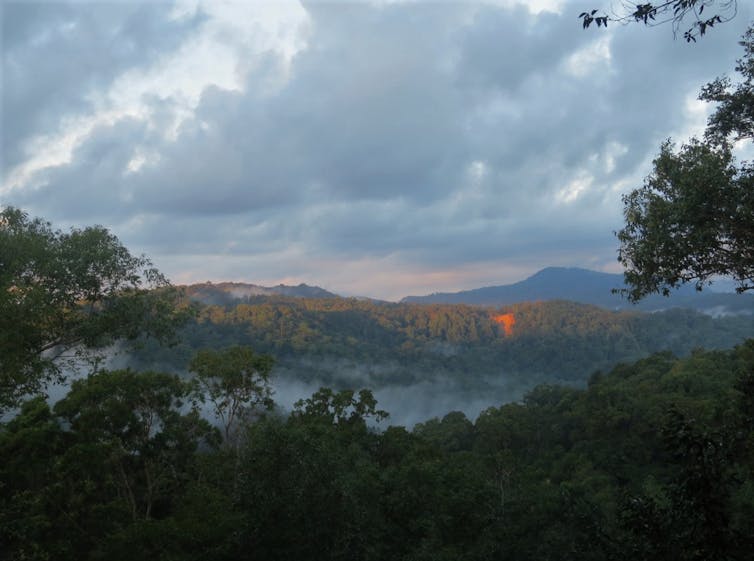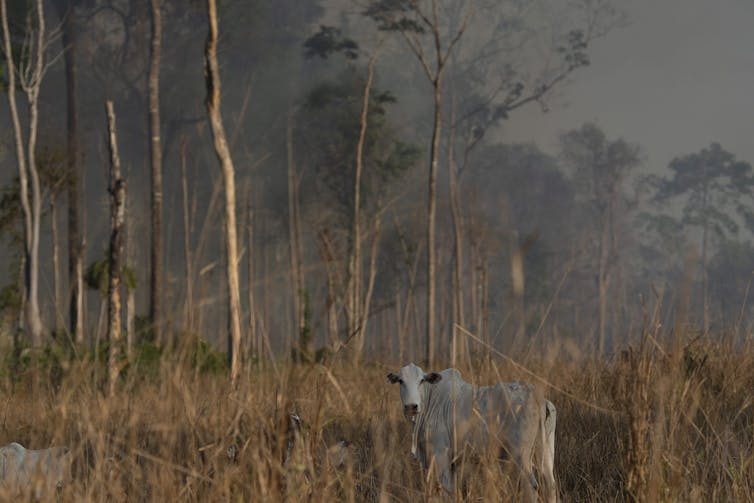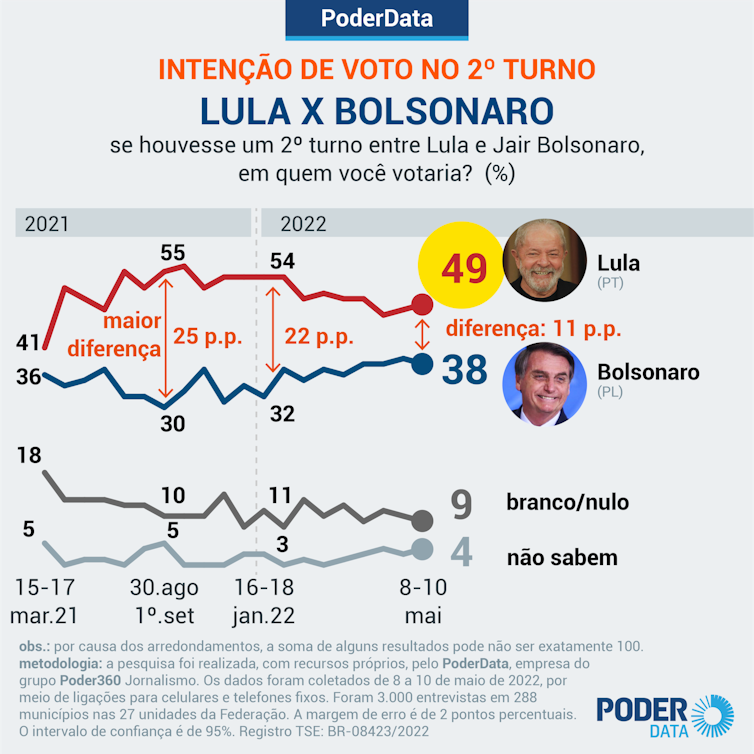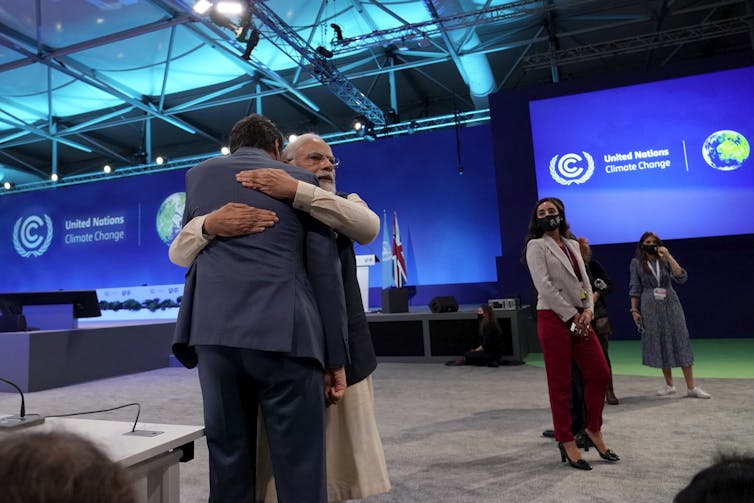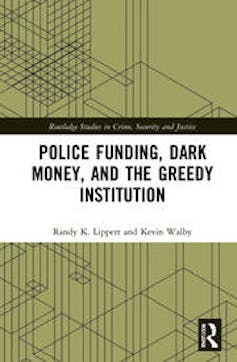
Tom Mockaitis, opinion contributor - The Hill
As shock and grief over the Robb Elementary School massacre give way to anger, people are demanding that something be done to curb the gun violence plaguing the country. While most Americans want reasonable gun control laws, conservative politicians have touted a range of explanations to deflect attention from that demand.
They blame a lack of mental healthcare, absent fathers, poor school security and the decline of religion — anything but unfettered access to firearms.
Governor Greg Abbott (R) of Texas offered the most disingenuous explanation for the tragedy.
At his May 25 press conference, Abbott stated: “There is no known mental-health history of the gunman.” In the next breath, however, he declared, “We, as a state, we, as a society, need to do a better job with mental health,” adding, “Anybody who shoots somebody else has a mental-health challenge, period.”
So, the perpetrator wasn’t mentally ill, but lack of mental healthcare caused him to shoot up a school? Abbott also fails to realize that the vast majority of people who suffer from mental illness never become violent. Stigmatizing them as potential mass murders is hurtful and unjust.
Not to be outdone, Sen. Ted Cruz (R-Texas) focused on doors. He wants schools to have only one point of entrance protected by an armed guard. Using only one door could make it even easier for an active shooter to kill children. It would create a bottleneck for students entering the building each morning and leaving each afternoon. The concentrated mass of people would be an easy target.
Armed guards will not guarantee the safety of children any more than locked doors. The guard at Marjory Stoneman Douglas High School in Parkland, Fla., did not engage the gunmen who killed 17 students in 2018. An armed security guard (a retired police officer) at the Tops supermarket in Buffalo did exchange fire with the assailant, hitting him in the chest, but his bullet failed to penetrate the shooter’s body army. In Uvalde, police have come under increasing criticism for their hour-long delay in entering the classroom where the shooter was killing children.
Other Republicans have offered even more far-fetched explanations for the massacre. Sen. Mike Lee (R-Utah) suggested that “fatherless” families might contribute to gun violence. The 15-year-old who killed four students in Oxford, Mich., lived with both of his parents, who bought him the gun used in the attack. The 15.3 million children being raised by single mothers are no more likely to engage in violence than anyone else.
Rep. Marjorie Taylor Greene (R-Georgia) also jumped on the mental health bandwagon but added her own bizarre twist to the debate. “We don’t need more gun control,” Greene tweeted after the shooting. “We need to return to God.” Apparently, no one told her that Texas is one of the most religiously observant states in the country with 69 percent of its residents professing belief in God “with absolute certainty” and 63 percent saying they pray daily.
These responses to the Robb Elementary School massacre make clear that Republican politicians will do anything to avoid confronting the real cause of mass shootings: unfettered access to firearms. They ignore one glaring, incontrovertible fact: our country leads the world in school shootings and gun ownership (120.5 firearms per 100 people). From 2009 to 2018, there were 288 school shootings in the United States. Mexico came second with just 8; Canada and France had 2; Germany 1; the United Kingdom and the Netherlands, 0. There have been 27 school shootings in the United States so far this year.
Every country with low rates of gun violence has people who suffer from mental illness, alienation and social pathology. They also have stringent gun control laws that make it far more difficult for unstable people to obtain firearms.
The 2014 attack on the Canadian War Memorial illustrates how reasonable restrictions can save lives. Canadian law banned the shooter from purchasing a gun because of his criminal background. It also restricted magazine capacity and imposed a stiff penalty for illegally providing someone with a gun. As a result, he could only get a Winchester hunting rifle holding eight rounds. Its lever-action reloading mechanism restricted its rate of fire, so he killed only one person. In 2020, Canada went a step further banning 1,500 assault-style firearms (including the AR-15) after just one mass shooting in Nova Scotia, even though some of the guns used in that attack were purchased in Maine. In contrast, the assault weapon ban passed by the U.S. Congress in 1994 lapsed in 2004. Mass shootings have been on the rise ever since.
Everyone wants better healthcare for those suffering from mental illness, although the same politicians who call for such care refuse to fund it. We all support making school buildings more secure. However, these measures are not a substitute for reasonable restrictions on the right to bear arms.
Polling data on support for stricter gun laws has varied over time, increasing in the aftermath of mass shootings but declining as the emotional impact of those events fades. According to Gallup polls, 67 percent of Americans surveyed in 2018 following the Parkland shooting favored stricter gun control laws, but support fell to 52 percent in 2021.
However, polling data on specific measures paint a very different picture. Quinnipiac University polls found that 89 percent of Americans support required background checks for all gun buyers; 74 percent agree with “red flag” laws allowing police and family members to petition judges to confiscate guns from individuals at elevated risk of violent behavior and 52 percent want to ban assault rifles. Another survey found that 85 percent of non-gun owners and 74 percent of gun owners support a waiting period for firearm purchases.
Any of these reasonable measures could save the lives not only of school children but of murder and suicide victims. In aggregate, they might prevent tragedies like Sandy Hook Elementary, Marjory Stoneman Douglas High School and Robb Elementary. We should also ban the sale of body armor to anyone without a professional need for it (such as police security guards). The Second Amendment says nothing about Kevlar vests, which did not exist when it was adopted in 1791.
Staunch gun-rights activists oppose any regulation of firearms, insisting that even reasonable measures the vast majority of Americans want are a slippery slope to a complete ban. Some politicians, like Gov. Kay Ivey (R-Alabama), call the Second Amendment “sacred.”
What is sacred are the lives of our children. Until we put their safety ahead of the right to bear arms, we can expect more massacres like the one that befell the innocent victims of Robb Elementary.
Tom Mockaitis is a professor of history at DePaul University and author of “Violent Extremists: Understanding the Domestic and International Terrorist Threat.”
As shock and grief over the Robb Elementary School massacre give way to anger, people are demanding that something be done to curb the gun violence plaguing the country. While most Americans want reasonable gun control laws, conservative politicians have touted a range of explanations to deflect attention from that demand.
They blame a lack of mental healthcare, absent fathers, poor school security and the decline of religion — anything but unfettered access to firearms.
Governor Greg Abbott (R) of Texas offered the most disingenuous explanation for the tragedy.
At his May 25 press conference, Abbott stated: “There is no known mental-health history of the gunman.” In the next breath, however, he declared, “We, as a state, we, as a society, need to do a better job with mental health,” adding, “Anybody who shoots somebody else has a mental-health challenge, period.”
So, the perpetrator wasn’t mentally ill, but lack of mental healthcare caused him to shoot up a school? Abbott also fails to realize that the vast majority of people who suffer from mental illness never become violent. Stigmatizing them as potential mass murders is hurtful and unjust.
Not to be outdone, Sen. Ted Cruz (R-Texas) focused on doors. He wants schools to have only one point of entrance protected by an armed guard. Using only one door could make it even easier for an active shooter to kill children. It would create a bottleneck for students entering the building each morning and leaving each afternoon. The concentrated mass of people would be an easy target.
Armed guards will not guarantee the safety of children any more than locked doors. The guard at Marjory Stoneman Douglas High School in Parkland, Fla., did not engage the gunmen who killed 17 students in 2018. An armed security guard (a retired police officer) at the Tops supermarket in Buffalo did exchange fire with the assailant, hitting him in the chest, but his bullet failed to penetrate the shooter’s body army. In Uvalde, police have come under increasing criticism for their hour-long delay in entering the classroom where the shooter was killing children.
Other Republicans have offered even more far-fetched explanations for the massacre. Sen. Mike Lee (R-Utah) suggested that “fatherless” families might contribute to gun violence. The 15-year-old who killed four students in Oxford, Mich., lived with both of his parents, who bought him the gun used in the attack. The 15.3 million children being raised by single mothers are no more likely to engage in violence than anyone else.
Rep. Marjorie Taylor Greene (R-Georgia) also jumped on the mental health bandwagon but added her own bizarre twist to the debate. “We don’t need more gun control,” Greene tweeted after the shooting. “We need to return to God.” Apparently, no one told her that Texas is one of the most religiously observant states in the country with 69 percent of its residents professing belief in God “with absolute certainty” and 63 percent saying they pray daily.
These responses to the Robb Elementary School massacre make clear that Republican politicians will do anything to avoid confronting the real cause of mass shootings: unfettered access to firearms. They ignore one glaring, incontrovertible fact: our country leads the world in school shootings and gun ownership (120.5 firearms per 100 people). From 2009 to 2018, there were 288 school shootings in the United States. Mexico came second with just 8; Canada and France had 2; Germany 1; the United Kingdom and the Netherlands, 0. There have been 27 school shootings in the United States so far this year.
Every country with low rates of gun violence has people who suffer from mental illness, alienation and social pathology. They also have stringent gun control laws that make it far more difficult for unstable people to obtain firearms.
The 2014 attack on the Canadian War Memorial illustrates how reasonable restrictions can save lives. Canadian law banned the shooter from purchasing a gun because of his criminal background. It also restricted magazine capacity and imposed a stiff penalty for illegally providing someone with a gun. As a result, he could only get a Winchester hunting rifle holding eight rounds. Its lever-action reloading mechanism restricted its rate of fire, so he killed only one person. In 2020, Canada went a step further banning 1,500 assault-style firearms (including the AR-15) after just one mass shooting in Nova Scotia, even though some of the guns used in that attack were purchased in Maine. In contrast, the assault weapon ban passed by the U.S. Congress in 1994 lapsed in 2004. Mass shootings have been on the rise ever since.
Everyone wants better healthcare for those suffering from mental illness, although the same politicians who call for such care refuse to fund it. We all support making school buildings more secure. However, these measures are not a substitute for reasonable restrictions on the right to bear arms.
Polling data on support for stricter gun laws has varied over time, increasing in the aftermath of mass shootings but declining as the emotional impact of those events fades. According to Gallup polls, 67 percent of Americans surveyed in 2018 following the Parkland shooting favored stricter gun control laws, but support fell to 52 percent in 2021.
However, polling data on specific measures paint a very different picture. Quinnipiac University polls found that 89 percent of Americans support required background checks for all gun buyers; 74 percent agree with “red flag” laws allowing police and family members to petition judges to confiscate guns from individuals at elevated risk of violent behavior and 52 percent want to ban assault rifles. Another survey found that 85 percent of non-gun owners and 74 percent of gun owners support a waiting period for firearm purchases.
Any of these reasonable measures could save the lives not only of school children but of murder and suicide victims. In aggregate, they might prevent tragedies like Sandy Hook Elementary, Marjory Stoneman Douglas High School and Robb Elementary. We should also ban the sale of body armor to anyone without a professional need for it (such as police security guards). The Second Amendment says nothing about Kevlar vests, which did not exist when it was adopted in 1791.
Staunch gun-rights activists oppose any regulation of firearms, insisting that even reasonable measures the vast majority of Americans want are a slippery slope to a complete ban. Some politicians, like Gov. Kay Ivey (R-Alabama), call the Second Amendment “sacred.”
What is sacred are the lives of our children. Until we put their safety ahead of the right to bear arms, we can expect more massacres like the one that befell the innocent victims of Robb Elementary.
Tom Mockaitis is a professor of history at DePaul University and author of “Violent Extremists: Understanding the Domestic and International Terrorist Threat.”





